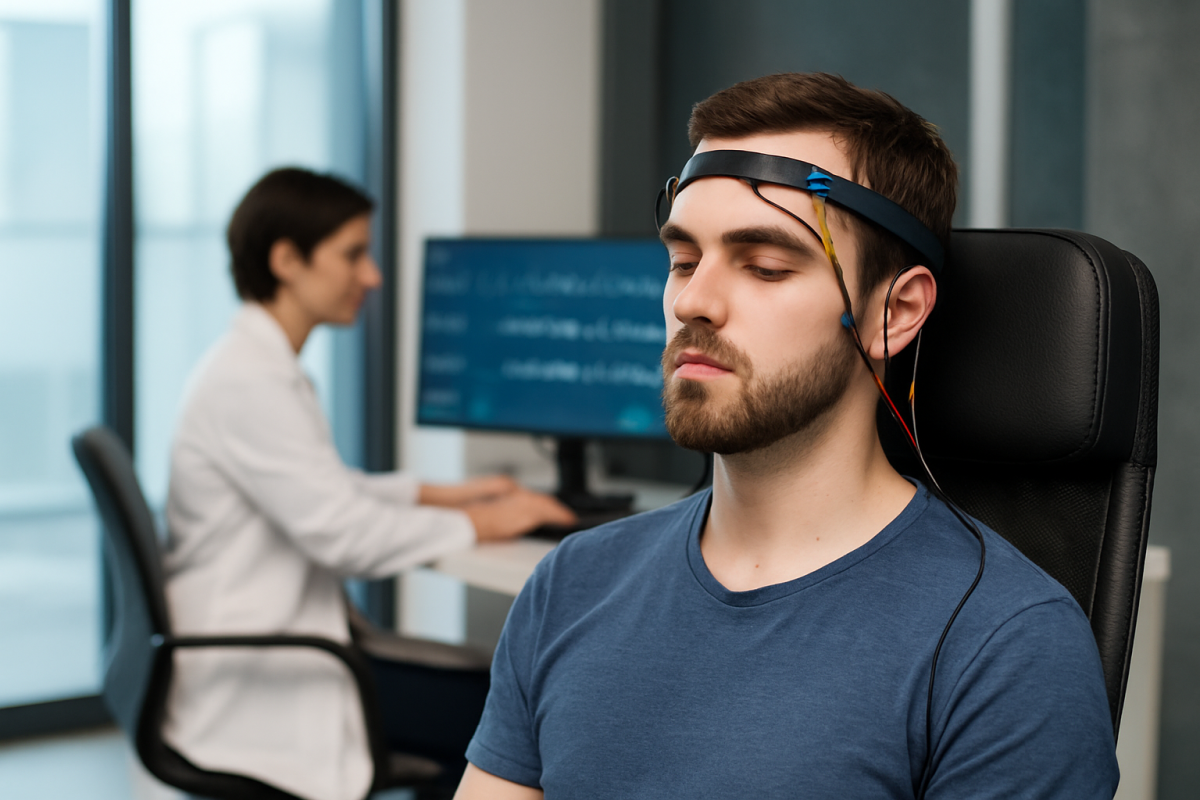In a world where technology is everywhere, people are becoming more self-focused. We track our steps, heart rates, and sleep cycles. We also enjoy Playamo slot games for fun. Biohacking was once just a fringe idea in science fiction and wellness groups. Now, it’s leading a fast-growing global movement. However, what exactly is biohacking? What’s more, can it genuinely assist us improve our minds and bodies?
Biohacking is using science, tech, and self-experimentation. Its goal is to boost human performance, health, and longevity. It covers many things. Simple changes like cold baths, sleep tracking, and intermittent fasting fit in. Then, there are more extreme options like brain implants, genetic manipulation, and do-it-yourself chemistry.
In many respects, the emergence of biohacking reflects our contemporary preoccupation with control. It’s no surprise that people want to apply this logic to biology. In a data-driven society, measurements affect everything. They impact daily productivity and even corporate performance. Biohackers ask, “Why accept your body’s default settings when you might be able to reprogram it?”
Nutritional biohacking uses food, supplements, and time to boost cognitive and physical performance. It’s one of the easiest ways to biohack. Nootropics are drugs that claim to boost brain function. “Bulletproof” coffee mixes caffeine with butter and is said to nourish the brain. Customized diets based on DNA or gut flora tests are also popular tools. Some of these practices stretch beyond proven benefits and enter the anecdotal. However, many are based on solid nutritional science.
Another important tenet of the biohacking community is optimizing sleep. Executives and entrepreneurs often boast about their carefully planned bedtime rituals. These rituals include temperature-controlled mattresses, blue light-blocking glasses, sleep apps, and smart rings. These devices track everything from oxygen levels to REM cycles. In addition to providing deeper sleep, these technologies promise quicker recovery and improved mental clarity throughout the day.
Designed by Freepik
But it’s not only about vitamins and sleep patterns. Some practitioners jump into tech upgrades. These can include wearable devices that send electrical signals to the brain. They can also be subdermal implants that store data or control digital systems. These high-tech hacks garner a lot of media attention, but they also bring up important issues regarding human enhancement ethics, safety, and legislation.
Tech-savvy wellness gurus and Silicon Valley CEOs are not the only members of the movement. Communities around the world are trying out biohacking techniques. They often share their data and experiences through podcasts or online forums. Dave Asprey, a famous figure in the industry and founder of Bulletproof, aims to live to 180. Some people have simpler goals. They want to boost their mood, think more clearly, or slow down aging. But is there scientific backing for these efforts? The answer is… complicated.
Certain elements of biohacking, such as regular exercise, a healthy diet, and adequate sleep, are amply supported by science. However, things become more hazy when it comes to things like DIY gene therapy or unregulated cognitive enhancers. The majority of researchers advise caution. We still don’t fully grasp many things, despite exciting advances in fields like neuroplasticity, regenerative medicine, and epigenetics. Because bodies are complicated, what works for one individual may not work for another, or it may even be harmful.
Beyond the science, there’s a more significant query: should we even be attempting to improve ourselves? Critics argue that biohacking could turn health into a competitive sport. They believe the focus will shift from balance and wellbeing to constant improvement. This mindset can lead to stress, exhaustion, and unhealthy habits. People often label these habits as “wellness.” They focus on living longer, moving faster, or thinking clearer.
Designed by Freepik
Then there is the accessibility problem. Some biohacks, such as walking in the outdoors or engaging in mindfulness exercises, are free. Others, however, need expensive technology, specialized tests, or expensive supplements. Biohacking runs the potential of becoming a luxury for a select few instead of a tool for everyone, like many wellness fads.
Nevertheless, the attractiveness is simple to comprehend. Biohacking gives patients a sense of power in a healthcare system that may frequently feel impersonal and slow. It helps people feel confident to try new things, ask questions, and take part in their own health and long life. Many see it as an opportunity to reconsider what the body may accomplish when biology and technology come together.
And there is no slowing down of the movement. People now have access to amazing new technologies. This includes wearable tech, advanced gene-editing tools like CRISPR, and more common AI diagnoses. However, that authority also carries responsibility. Biohacking must develop in a way that is accessible, morally sound, and safe if it is to advance.
Ultimately, biohacking is more than just increasing your lifetime or physical prowess. It’s about altering our perceptions of identity, health, and what it means to be human. One question remains: how far are we willing to go for a “better” version of ourselves? This is true whether you use a smartwatch for sleep tracking or picture a future with humans and machines together.
